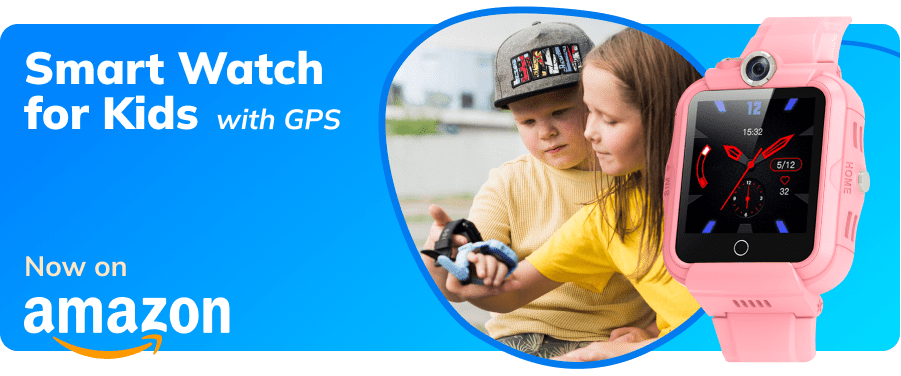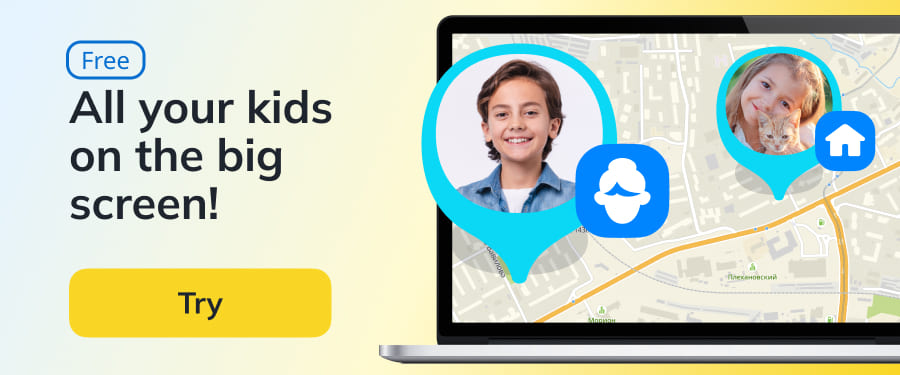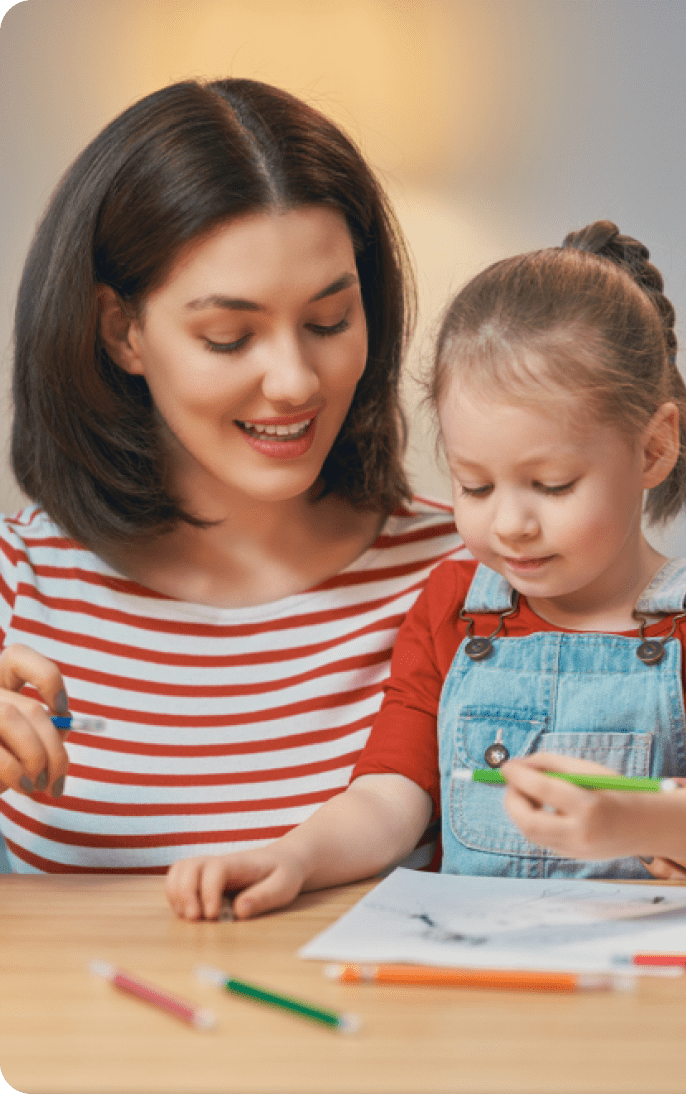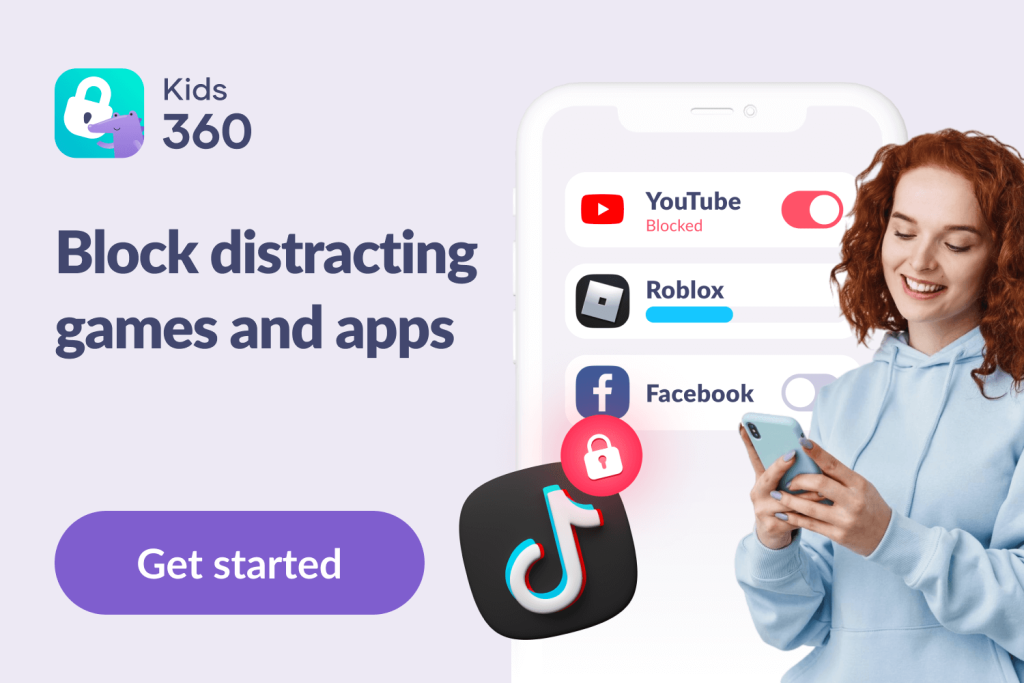What is an iPad Kid? A Parent’s Guide to Managing Screen Time
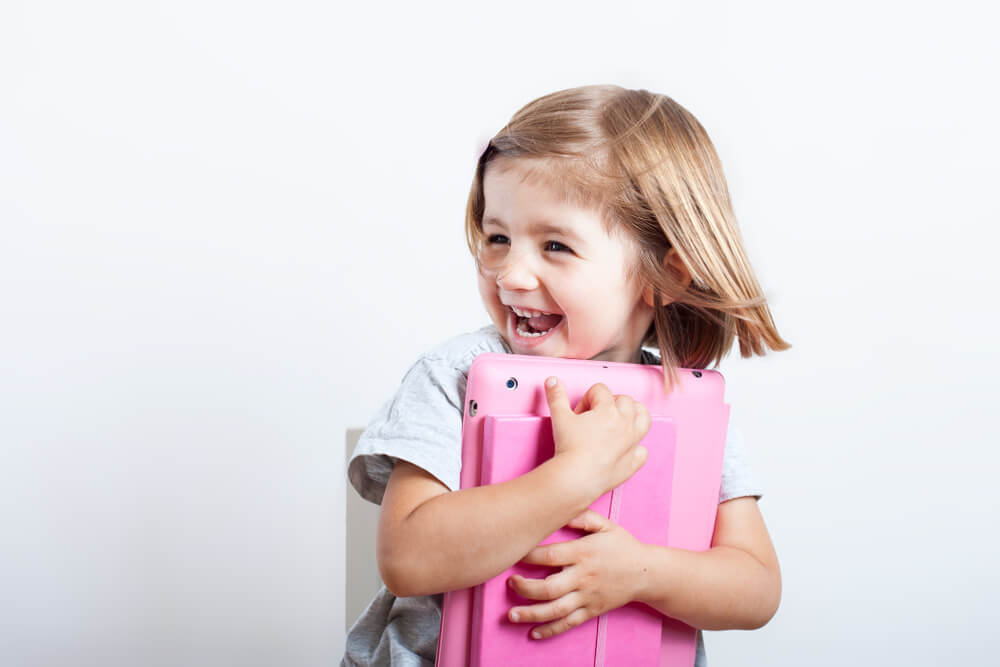
Have you ever heard the term “iPad kid”? It refers to young children born in the Alpha generation who are often seen glued to their screens, captivated by tablets. Understanding the impact of this lifestyle and how to manage it is crucial for parents navigating the digital age.
Contents:
- What are “iPad Kids”?
- What is Considered Excessive Screen Time?
- So, Is All Screen Time Bad?
- How to Set Healthy Screen Time Limits for Your Kids
- Signs Your Child Might Be Too Dependent on Screens
- Screen-Free Activities to Balance Digital Life
- FAQs
What are “iPad Kids”?
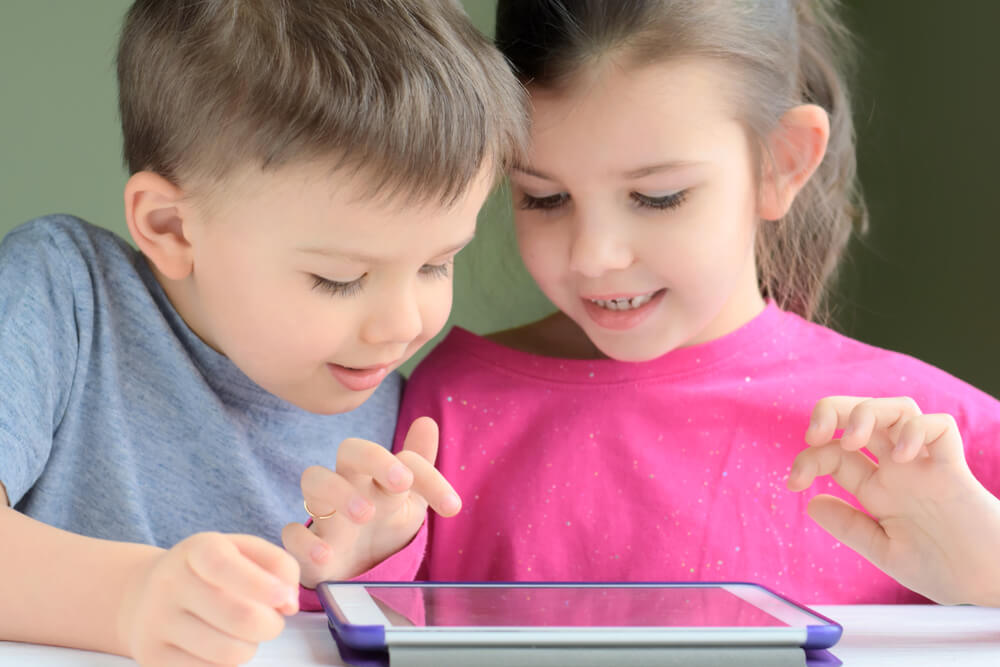
Ivanova Tetyana/Shutterstock.com
“iPad Kids” is a term that has become part of today’s parenting lexicon. It refers to children, typically from preschool to early elementary age, who spend unsupervised or have unlimited access to interacting with digital devices, particularly Apple iPads.
While iPads can be wonderful educational tools, they can also be the go-to source of entertainment for young ones, often at the cost of physical play, social interaction, and outdoor activities.
The prevalence of iPad Kids increased markedly during the pandemic, as parents juggled work-from-home duties alongside their children’s education and care.
Offering a mini iPad became a convenient solution to keep children occupied. Unfortunately, this accessibility can expand into dependence, with children gravitating towards screens anytime they feel bored or restless.
Many of these young “tech-savvy” users have learned how to navigate apps and games, sometimes more adeptly than adults. However, for some families, this reliance has raised concerns about screen addiction and its effects on physical and mental development.
iPad Kids often consume content across various apps, including gaming and social media, which can be both educational and potentially problematic without proper oversight.
Monitoring and balancing screen time is essential for ensuring that technology serves as a beneficial tool rather than a digital babysitter.
What is Considered Excessive Screen Time?
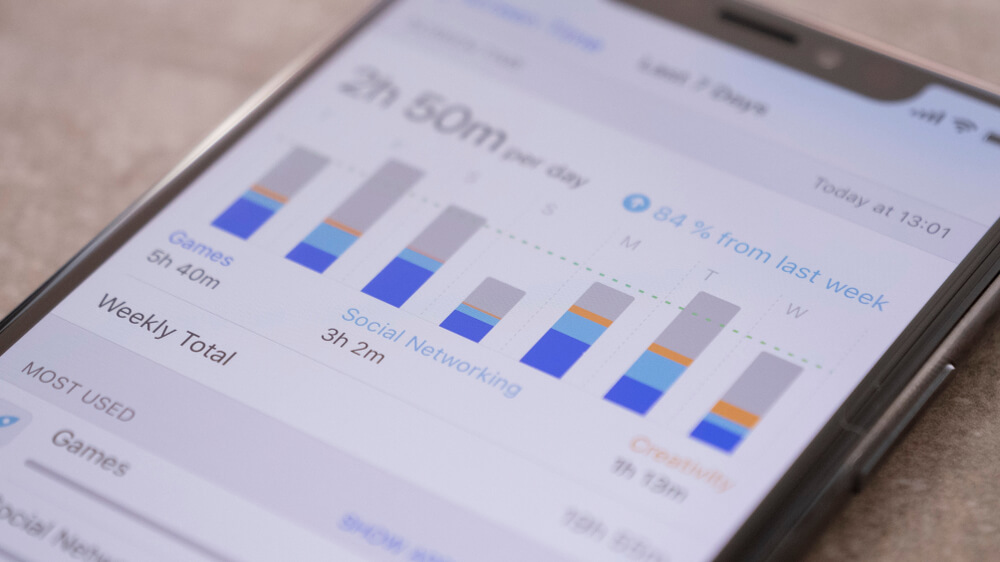
Cristian Dina/Shutterstock.com
When it comes to screen time for children, the magic number can be tricky.
Children under 18 months old should not use screens. For young children between 18 and 24 months, experts often suggest limiting screen time to be used for video chatting with family members. They should not be using screens alone at this age.
As kids grow, the recommendations shift. For children aged between two and five, the recommended screen time limit is one hour. This hour should be used for high-quality educational content. Children should not be using screens alone during these ages.
From the age of five and up, even into the teenage years, screen time should be limited to two hours per day. Of course, this is for recreational use, such as social media and games.
Balance is key.
It’s important to ensure that screen time doesn’t replace essential activities like sleep, physical play, or family interaction. Observing kids’ moods and behavior can also provide clues if screen time is creeping into excessive territory.
Related: Setting Healthy Screen Time Limits for Kids & Toddlers.
How Much Screen Time Are Kids Really Getting?
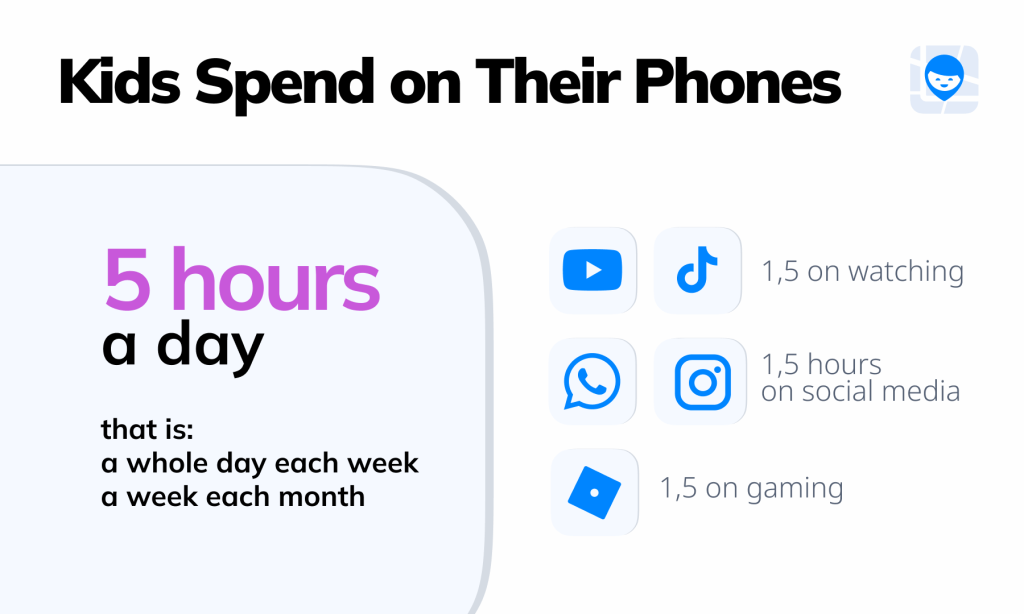
According to the FMK study
When thinking about screen time for children, it’s crucial to delve into both age-specific figures and broader trends.
For children aged 2-5, the statistics paint a concerning picture. Many young children are spending more than the recommended 1 hour a day on non-educational screens, with some reports highlighting averages of 2-3 hours daily. This exceeds the American Academy of Pediatrics’ guidelines considerably.
Moving up to school-aged children, those between 6-12 years old experienced a marked increase in their screen time, especially during the pandemic era. Prior to this global health crisis, their average was about 2.6 hours per day.
As digital learning advances and streaming their favorite shows and movies become more prevalent, their screen engagement jumps to an alarming average of 5 hours daily!
Teenagers aren’t exempt from this trend either. Recreational screen time can average over 7.5 hours daily. It’s a significant number, especially when considering its impact on various aspects of their lives, from academic performance to friendly social interactions.
These statistics are a major sign that monitoring and adjusting screen usage among young people to foster healthier habits in the digital age is essential.
So, Is All Screen Time Bad?
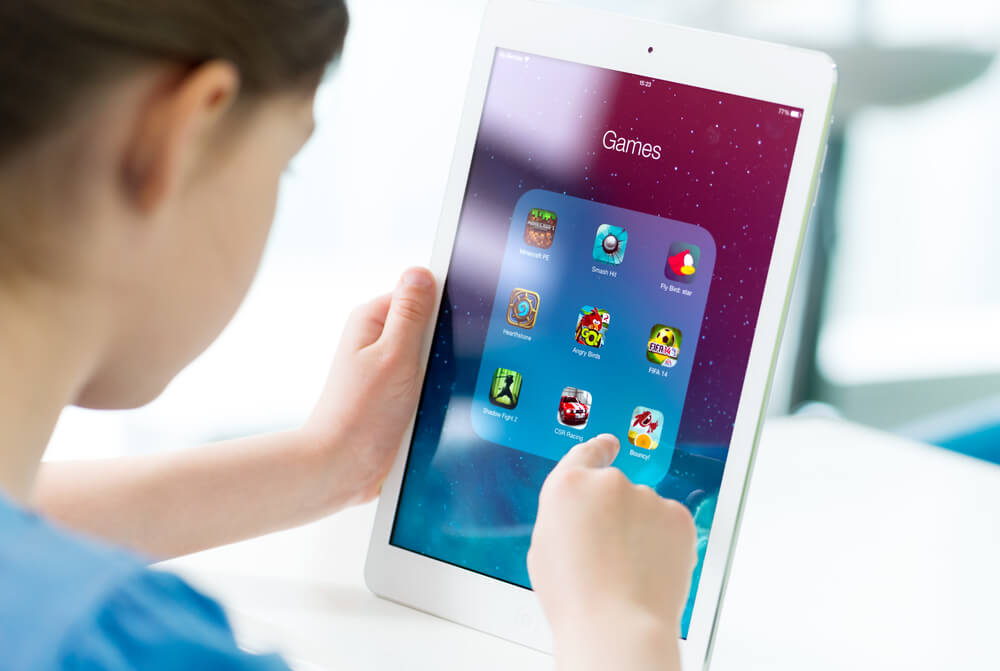
Antlii/Shutterstock.com
When it comes to screen time, not all of it is created equal. While too much screen time is associated with certain negative effects, there’s a distinction between what could be considered “bad” and “good” screen time. Understanding this can help you make informed choices for your children.
Bad screen time usually refers to prolonged periods spent on screens without any constructive output. This could involve mindless scrolling through social media, excessive gaming, or passive TV watching. It often leads to a decrease in physical activity, affects sleep quality, and may contribute to issues like attention deficits and obesity.
On the other hand, good screen time involves engaging with educational content that promotes learning and creativity. Apps that teach coding, languages, or even help with homework are great examples.
Interactive platforms that encourage problem-solving and critical thinking can enhance development. Video calls with family can also be beneficial, providing a sense of connection and improving communication skills.
The key is balance and intentionality. As a parent, you can ensure your child’s screen time is enriching by choosing age-appropriate, high-quality content and setting reasonable limits. With a bit of planning, screen time can be a positive experience that complements your child’s development, rather than hinders it.
How to Set Healthy Screen Time Limits for Your Kids
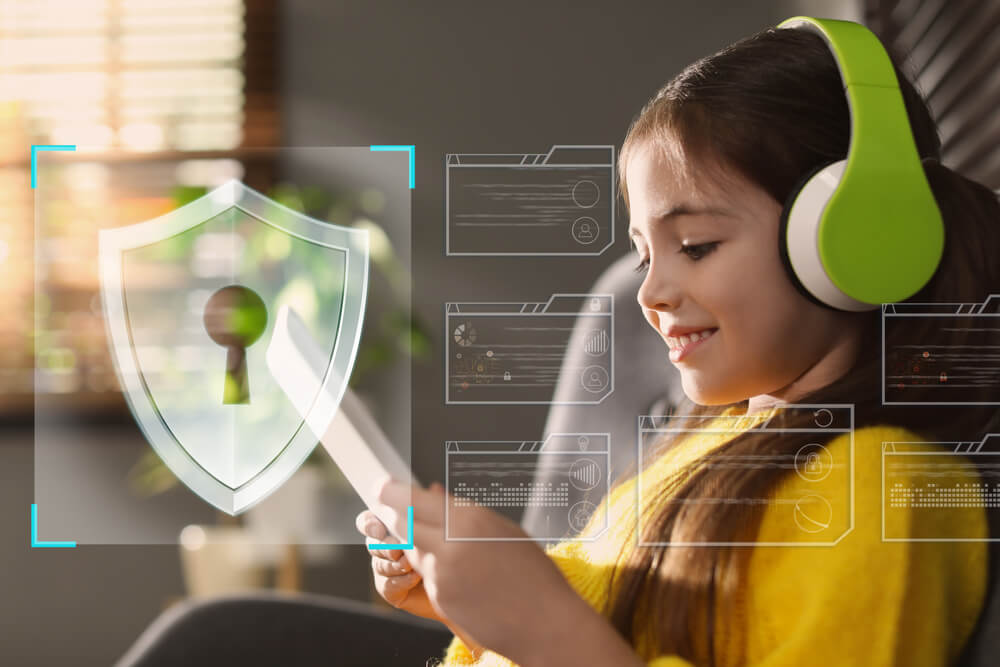
Prostock-studio/Shutterstock.com
Establishing screen time limits is crucial for your child’s balanced development.
- Start by creating clear household rules that specify daily screen time, identifying screen-free times like during meals and before bedtime.
- Encourage screen-free zones, such as bedrooms, to promote healthier habits.
- Try to engage in screen-based activities with your child, guiding them in interpreting what they view.
- Regularly monitor their screen interactions and adapt limits as needed.
- It’s also important to model healthy screen habits yourself, showcasing the value of outdoor play, hobbies, and family time.
Looking for a fun and effective way to manage your child’s screen time? Consider giving the Kids360 app a try!
This innovative app is designed to make screen time management a positive experience for both parents and children. It’s not just about limits—Kids360 goes beyond traditional parental controls with features like engaging tasks and puzzles that encourage your child to improve valuable skills.
With Kids360, youngsters can earn extra screen time, but with a twist. They complete beneficial and age-appropriate tasks that nurture their mental and physical abilities. This means that phone time becomes more than just entertainment; it turns into a productive learning opportunity for your child.
Parents can relax knowing they have a tool that encourages growth while maintaining balanced screen habits. The app empowers kids to self-regulate their use and offers parents peace of mind with easy-to-use controls.
Why not transform the challenge of screen time into a journey of learning and development? The Kids360 app offers a reliable and rewarding solution, bridging the gap between fun and growth. Give it a try and watch your child flourish online and offline!
Signs Your Child Might Be Too Dependent on Screens
Are you worried that screens have become an integral part of your child’s life? Recognizing the signs of dependency can help you make necessary adjustments.
- One common indicator is the difficulty children experience in detaching from screens. If their mood noticeably shifts from cooperative to irritable when it’s time to turn off the iPad tablet, it might be time to reassess screen boundaries.
- Another telltale sign is a noticeable decline in interest in physical activities or hobbies they once enjoyed. Children gravitating towards their screens rather than playing outside or engaging in creative activities could signal dependency.
- Plus, if family time or social interactions are frequently interrupted due to screen usage, it’s a red flag that screens are interfering with their ability to engage in real-world interactions.
- Watch for disruptions in sleep patterns. Kids overly engaged in screens often have trouble winding down, affecting the quality and duration of their sleep. This can, in turn, impact their overall mood and energy levels.
- Dependence on screens might manifest as a constant need for stimulation, resulting in a lack of focus on schoolwork or difficulty completing tasks without digital devices.
Observing these signs early allows you to take steps towards healthier screen habits together.
Screen-Free Activities to Balance Digital Life

Iam_Anuphone/Shutterstock.com
Finding ways to unplug can seem challenging, but worry not! Here are some fantastic screen-free activities for kids of different ages:
- For young kids, getting hands-on is key. Encourage their creativity with arts and crafts projects. Simple materials like colored paper, glue, and markers can keep them engaged for hours.
- Outdoor play is another excellent option, whether it’s a trip to the local playground or just running around in the backyard, promoting physical activity and social interaction.
- Elementary school kids are often curious and bursting with energy. Why not turn that energy into enthusiasm for reading? Choose age-appropriate books that spark their interest, whether it’s about dinosaurs, fairies, or adventurous heroes.
- Baking is also a fun and educational activity; involve them in measuring ingredients, mixing, and decorating cookies. It’s a practical way to teach math and science in the kitchen!
- Teens might crave more independence, but they still need guidance to balance screen time. Encourage them to pick up a hobby, such as playing a musical instrument or joining a local sports team, providing a sense of achievement and camaraderie.
- Volunteering is another excellent way for teens to engage with their community. It helps them develop empathy and leadership skills while contributing positively to society.
Mix these activities into your family’s routine to ensure a healthy digital life balance. You may be surprised to find your kids enjoying their screen-free time as much as their digital world!
Read also: Phone Alternatives for a Child: Give the Smartphone a Break.
Start Monitoring Your Child’s Screen Time
By taking a proactive approach to screen time, you’re setting the foundation for a healthy digital balance in your child’s life. Remember, it’s all about creating a positive and engaging experience, not just limiting their time on screens.
A helpful tool like Kids360 can assist you in achieving this balance by providing real-time monitoring and customizable restrictions. With Kids360, you can effortlessly keep track of screen usage and help your child understand the importance of moderating their time.
Feel empowered to take charge today—download Kids360 and embark on a journey to happier, more balanced screen use!
FAQs
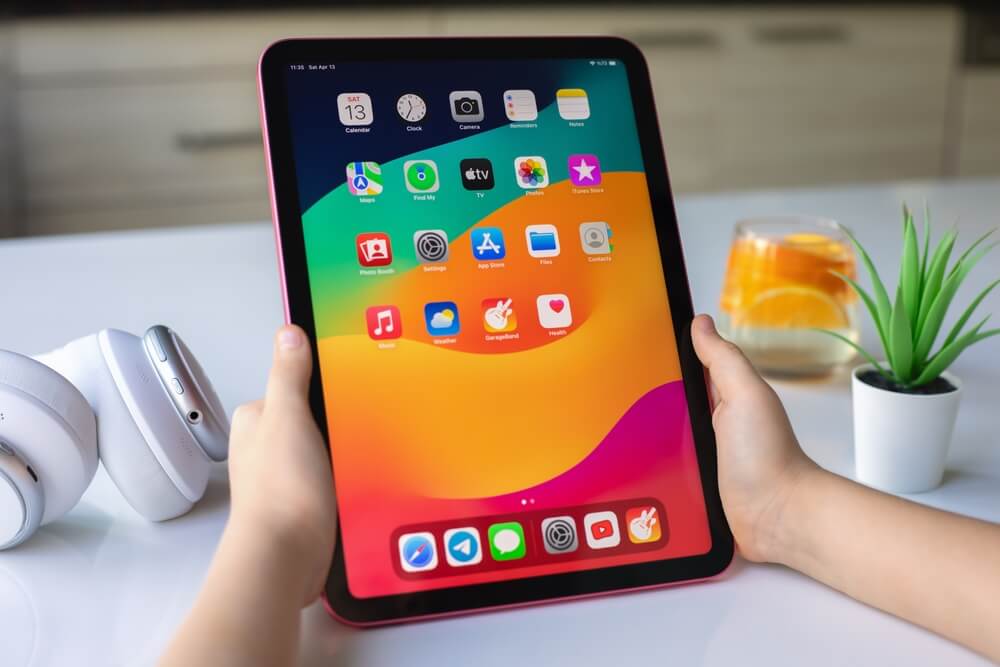
DenPhotos/Shutterstock.com
What does being an iPad kid mean?
Being an iPad kid typically refers to children from Gen-Alpha who spend a significant amount of time engaging with a tablet, often for entertainment, educational purposes, or as a distraction. These kids are familiar with technology from an early age, sometimes leading to a dependency on screens for stimulation and comfort.
What is the iPad kid stereotype?
The stereotype of an “iPad kid” often paints a picture of a child intently glued to a screen, showing little interest in their surroundings. These kids are typically seen as being proficient with apps and digital games, perhaps lacking in social interaction and outdoor play.
What is considered an iPad kid?
An iPad kid is typically a young child who’s often seen with a tablet in hand, using it for entertainment, education, or both. Their reliance on the device reflects a higher-than-average engagement, frequently becoming a preferred source of interaction or leisure activity over traditional play or face-to-face interaction.
What is iPad kid Reddit?
There are tons of threads on Reddit about iPad kids from specialists and parents who are concerned about their children’s digital use and dependence.
How do I know if my child is addicted to their iPad?
Signs of an iPad addiction might include a noticeable increase in irritability when the device is taken away, or a preference for screen time over engaging in physical or social activities. Look out for any drastic changes in their daily routine, such as neglecting homework or meals in favor of screen time.
Cover image: Sonya Anro/Shutterstock.com
Проверьте электронный ящик

